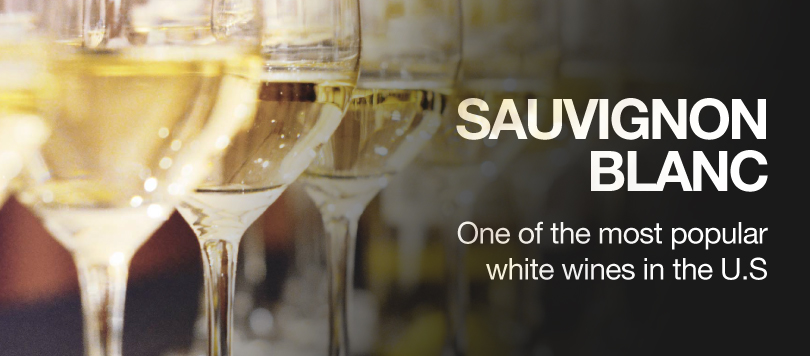
Like Chardonnay, Sauvignon Blanc is native to France and it acts as a true barometer of soil, site, and viticultural practices and can produce many different styles of wine, depending on where it is grown and how it is handled in the winery.
In France, Sauvignon Blanc (also called Sauvignon) has a stronghold in the twin appellations in Upper Loire Valley: Sancerre and Pouilly Fume. In these two appellations, Sauvignon Blanc shows citrus, grassy aromas, smoky character and minerality.
In Bordeaux, Sauvignon is usually blended with Sémillon and Muscadelle to create a wide range of different styles. From a light-bodied, dry and zesty acidity wine to a richer, fresh acidity and oak-aged white wines and to a well-known sweet wine caused by Noble Rot (also known as Botrytis).
Beginning in the 1980s, Sauvignon with distinct herbal character and fruit-forwards of grapefruit and tropical fruit, was eagerly embraced by the market, establishing a strong reputation in New Zealand.
Oak-aged Sauvignon Blanc is another popular style. A more pronounced style of oaked Sauvignon Blanc was created by California winemaker Robert Mondavi in the 1960s. In the United States, Fumé Blanc is an approved synonym for Sauvignon Blanc, and the two terms are legally interchangeable.
Top-producing countries: France, New Zealand, Chile, United States, South Africa
Characteristic aromas: grass, hay, grapefruit, green pepper (cool climate); asparagus, melon (warm climate); flint (Loire); gooseberry (New Zealand); toast, smoke (oak-aged)
Acidity: medium-plus to high
Source: 2021 Certified Specialist of Wine Study Guide by Society of Wine Educators (SWE)

